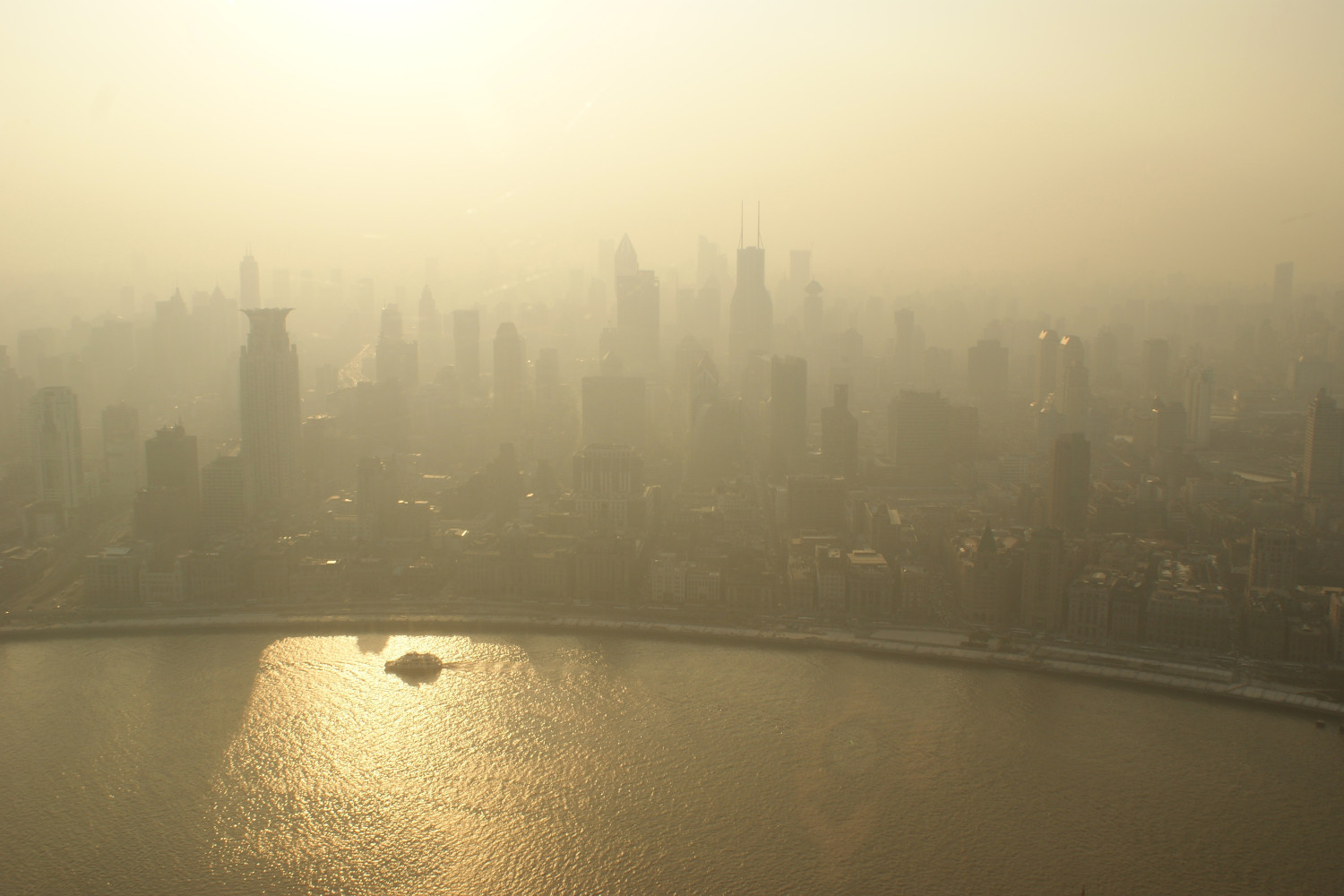Archaeologists using an old map of Mexico’s Yucatán Peninsula have uncovered a lost Maya city, hidden until now, with thousands of buildings densely packed into a small area.
The archaeological team used a lidar survey (shorthand for “light detection and ranging”, a staple of modern archaeological techniques) to identify nearly 7,000 previously undiscovered structures, including pyramids like those found elsewhere in Central America. The team’s research, detailing these findings, was published today in Antiquity.
Lidar surveys are very useful in Mesoamerican archaeology, where swaths of jungle can quickly swallow up entire cities. Three years ago, a separate team mapped 30,000 square miles (78,000 square kilometers) of Mexico, constituting nearly 500 historic sites, and found that similar design patterns were used for cities across the region.
Lidar can even shake up archaeologists’ understandings of thoroughly researched sites; in 2021, a lidar survey of Tikal, in Guatemala, revealed an previously unknown neighborhood complex on the sprawling site.

However, lidar is expensive. That’s where an old map comes into play—a 2013 lidar survey of the region, to be specific, commissioned by a group monitoring carbon reservoirs in Mexico’s forests. The recent archaeological team got access to that data, saving them from a costly new scan of the region. The team interrogated the 2013 map for evidence of previously undocumented Maya settlements, and found more than they bargained for: 6,674 previously unknown structures in Campeche.
“Our analysis not only revealed a picture of a region that was dense with settlements, but it also revealed a lot of variability,” said Luke Auld-Thomas, an archaeologist at Northern Arizona University and lead author of the paper, in an Antiquity press release. “We didn’t just find rural areas and smaller settlements. We also found a large city with pyramids right next to the area’s only highway, near a town where people have been actively farming among the ruins for years.”
The data only covered a region of about 50 square miles (129 square kilometers), but the area was crammed with ancient architecture. The researchers also managed to identify specific structures in the lidar that made up the Mayan city, including a ballcourt and a dam. One architectural arrangement at one of the sites indicated a founding date earlier than 150 CE, according to a previous study. That slightly predates the Classic period of the Maya, which stretched from 250 CE to 900 CE.
“The government never knew about it; the scientific community never knew about it,” Auld-Thomas said. “That really puts an exclamation point behind the statement that, no, we have not found everything, and yes, there’s a lot more to be discovered.”
In the paper, the team noted that the recent data offered support to the previously stated concern that “archaeologically motivated lidar surveys have inflated estimates of regional settlement density.”
“To the contrary, pseudorandom surveys—those combining expedient and random sampling—like this one, have established that anyone who is waiting for a sparsely settled Maya hinterland large enough to offset the high settlement densities documented by archaeological lidar surveys is running out of places to look,” the team added. To put it simply: The dataset recently used by the team was not collected with an archaeological objective in mind, but further supported previous ideas about Maya urban sites and their density.
While lidar surveys are great for discovering sites and making conjectures about the layout of cities, the aerial approach to archaeology cannot replace good old-fashioned fieldwork. According to the Antiquity release, future research will focus on fieldwork at the sites. Given that there are nearly 7,000 structures in the area, that research could take some time.














